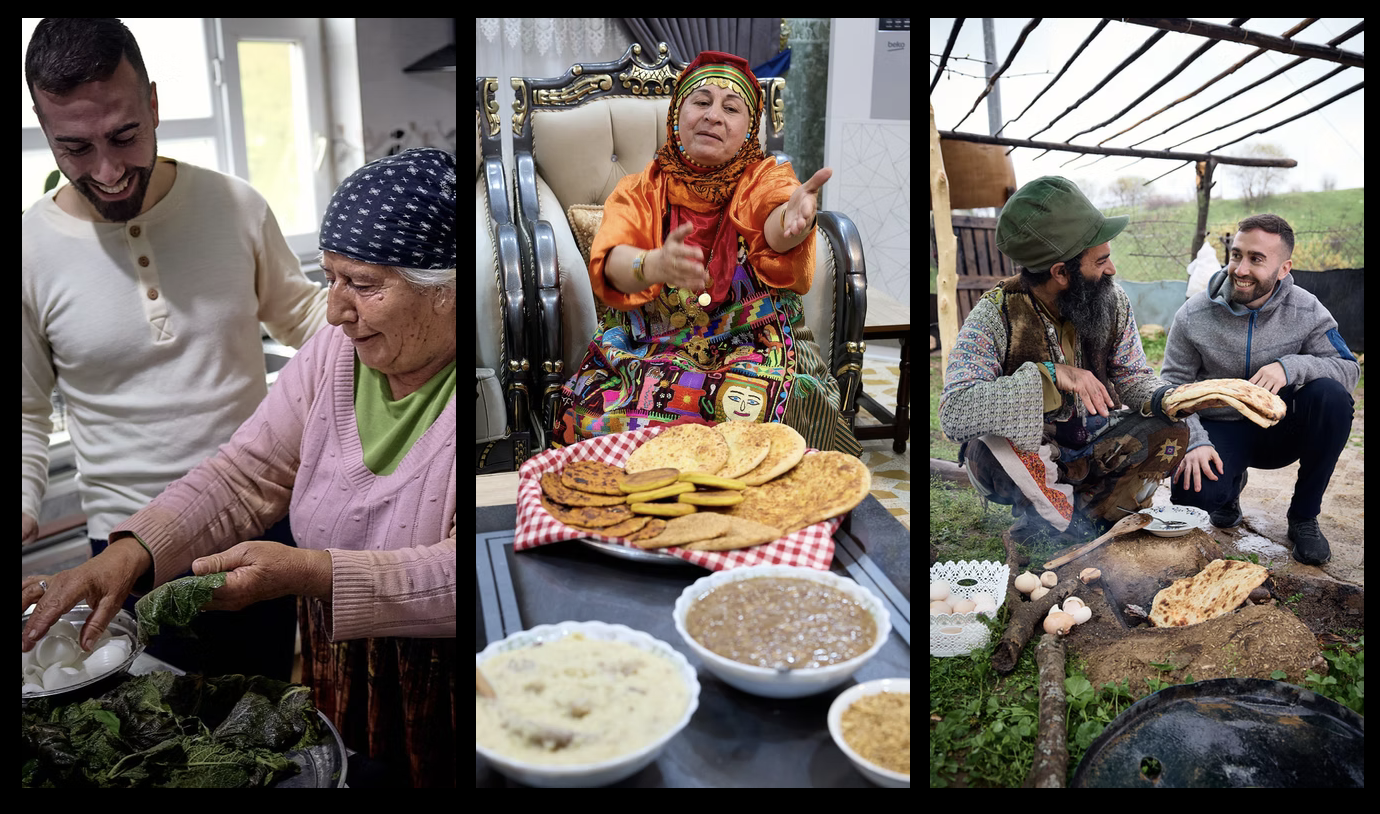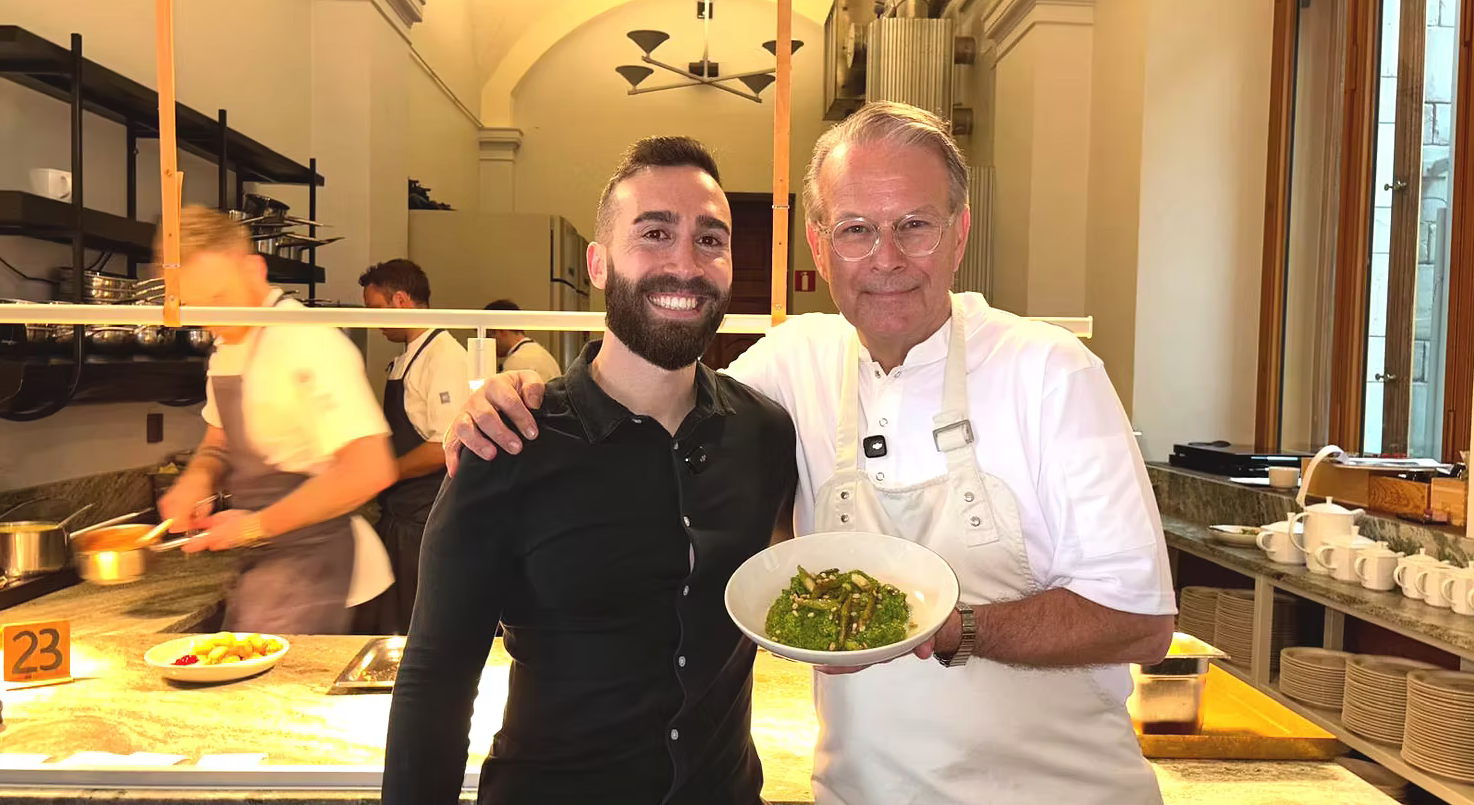Table of Gods brings ancient Assyrian flavours to life
Arim Hawsho’s obsession with ancient Assyrian cooking has taken him across different corners of Assyria – and soon, it will make him the author of a truly unique book.

"My goal is to make the best book that has ever existed on planet Earth"
Stockholm-based Assyrian writer and history enthusiast Arim Hawsho is developing Table of Gods, a unique and groundbreaking cookbook that revives the flavours of ancient Mesopotamia for the modern kitchen. Featuring over 60 recipes, Table of Gods will be the first cookbook to reimagine ancient Assyrian cuisine in an accessible and contemporary format - enabling people to cook dishes from the royal palaces of ancient Assyria.
Since 2019, Hawsho has devoted himself to the project, leaving his full-time job in 2020 to focus entirely on bringing Assyria’s culinary heritage to life. His inspiration began with a question to his father: how could he learn more about his Assyrian roots? The answer – to read academic papers – left him unsatisfied.

Searching for a more engaging way to connect with his heritage, Hawsho briefly explored writing a screenplay for an Assyrian TV series. That project never materialised, but it paved the way for something greater. In 2019, he came across The Oldest Cuisine in the World, a 1980s book that translated 35 recipes from 3,700-year-old Mesopotamian clay tablets. The issue, however, was that the book lacked measurements and proper instructions, making the recipes impossible for modern cooks to follow. Here, the idea for Table of Gods was born. The discovery sparked an idea: to transform these fragments of the world’s oldest recipes into a living, edible experience.
Hawsho’s research for Table of Gods has been extensive. He has travelled across Assyria, visiting the Tur Abdin Region, the ancient city of Ashur, and villages in northern Iraq's Assyrian region for on-site research. Alongside his fieldwork, he has studied more than 280 scholarly papers and books on ancient Mesopotamian food, ensuring both historical and culinary authenticity. This information has been fact-checked by several Near Eastern scholars, including Dr. Eckart Frahm, Professor of Assyriology at Yale University, who commented: “Arim Hawsho has managed to combine well-researched historical information with his own personal take on ancient Assyria, its culture, and its culinary traditions.”
An all in or nothing person
Beyond research, Hawsho has spent the past months perfecting the design of Table of Gods, insisting that the book’s physical form should reflect the spirit of ancient Assyria itself. He has envisioned a cover resembling a clay tablet engraved with cuneiform inscriptions, symbolising the world’s oldest written recipes. Achieving this vision, however, has proven technically challenging. Unlike standard book covers, which are designed in 2D, Table of Gods requires 3D industrial design, custom paper strong enough for deep debossing, and a handcrafted brass die engraved with authentic cuneiform signs. Determined to achieve a truly tactile representation of Assyrian heritage, Hawsho has recently travelled to Italy to meet with paper mills and printers capable of producing the cover to his exacting standards.

On his blog, he reflects on his obsession with perfection: "If I settled for really good, Table of Gods would’ve been published long ago – or maybe not at all, since I wouldn’t be motivated to make a cookbook like every other to begin with." In fact, the book has been delayed multiple times due to his meticulous approach.
His journey has attracted interest from many, with more than 50 thousand followers on his social media channels, as well as more than 3000 on the waitlist to buy the book once it's published, according to information he has shared on his blog. His enthusiasm and passion for the project is unmistakable. "My goal", he writes, "is to make the best book that has ever existed on planet Earth".
You can sign up to follow Arim's progress towards his cookbook here, as well as see sneak peaks to some receipes on Instagram.





